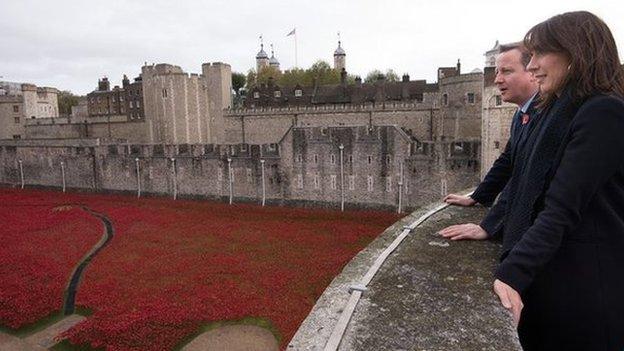Orkney poppy display to mark Battle of Jutland commemorations
- Published
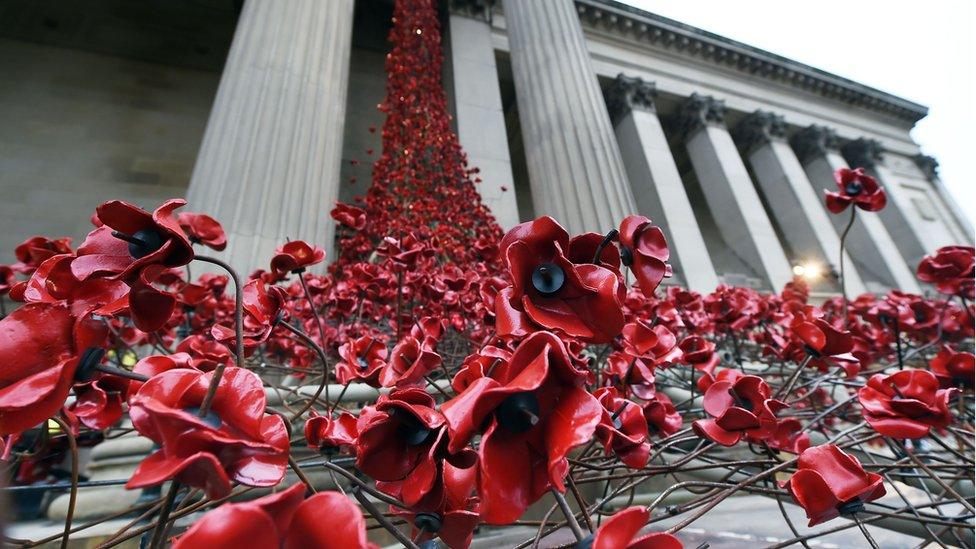
A "spectacular" display of thousands of ceramic poppies is to be installed in Orkney as part of war commemorations.
The 'Poppies: Weeping Window' installation will come to St Magnus Cathedral in Kirkwall from 22 April to 12 June to remember 100 years since the Battle of Jutland.
More than 6,000 British personnel and 2,500 Germans died in the battle in the North Sea in 1916.
The sculpture was created by artist Paul Cummins and designer Tom Piper, external.
It was originally installed at the Tower of London in 2014, where 888,246 poppies were displayed, one to honour every death in the British and colonial forces between 1914 and 1918.
Orkney, which will be the first place in Scotland to display the poppies, is to be the focus for the Battle of Jutland commemorations.
Most of the British ships which took part in the engagement were stationed at Scapa Flow.
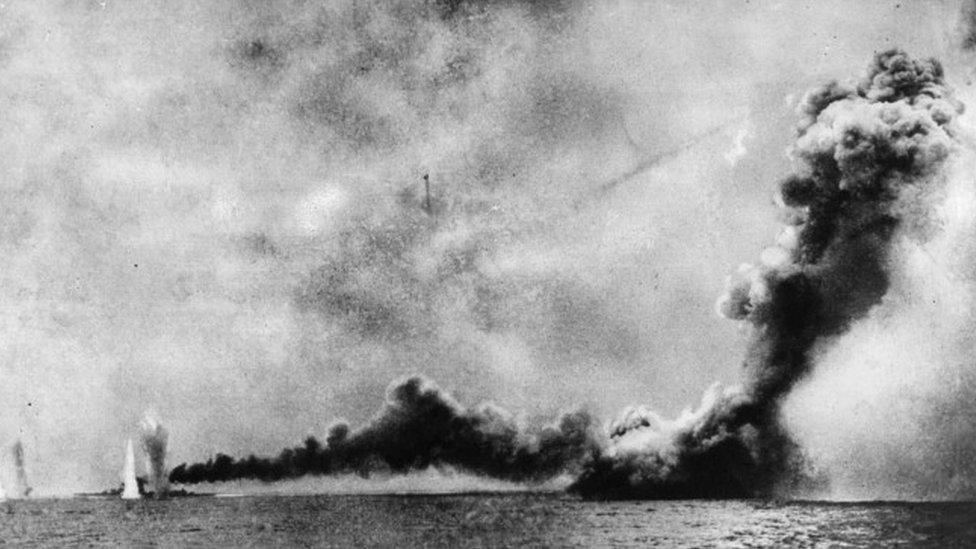
Thousands of personnel died in the Battle of Jutland
The poppies will cascade from the western end of St Magnus Cathedral.
Orkney Islands Council chief executive Alistair Buchan said: "The spectacular poppies installation has a huge impact on those who experience it as a powerful reminder of enormous loss of life during the First World War.
"This is the year that Orkney will host the UK's national commemoration of the Battle of Jutland. I can think of no more apt a setting for the Weeping Window sculpture than the cathedral, which will be at the heart of those commemorations.
"I am delighted that Orkney will provide the first opportunity for people to see the poppies in Scotland. They will reflect Orkney's close links with the War and the contribution of our forbearers to the war effort, and they will help ensure that those who paid the ultimate sacrifice for their countries are never forgotten."
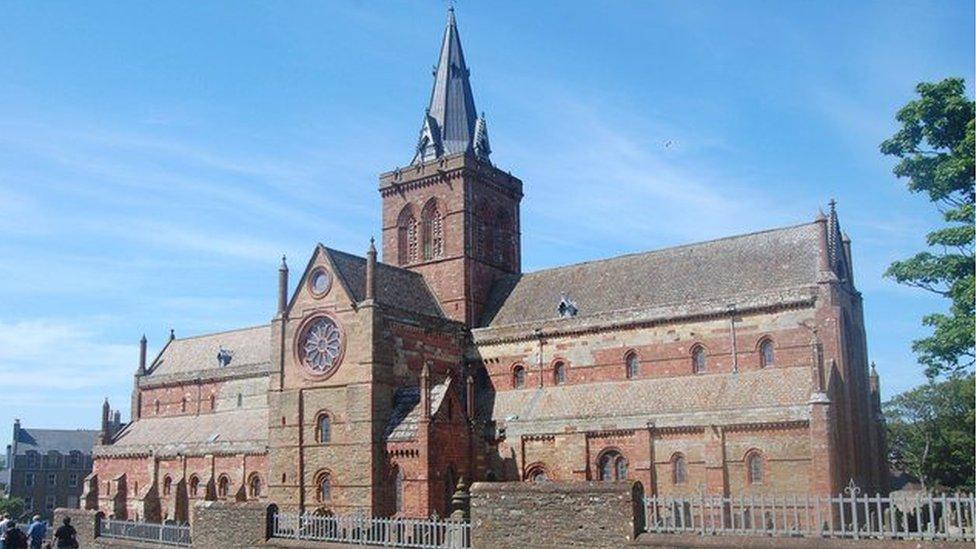
St Magnus Cathedral is in Kirkwall
The battle, which happened near the coast of Denmark's Jutland Peninsula, involved about 250 ships.
Battle facts:
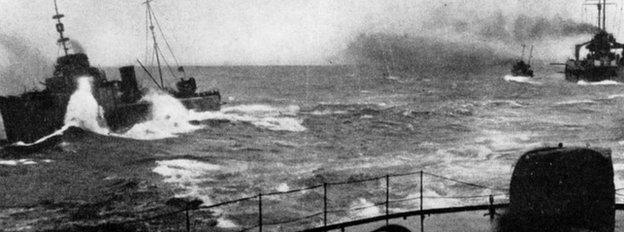
The British lost 14 ships and the Germans lost 11
The British flagship was HMS Iron Duke which was under the command of Admiral Jellicoe
It is also the battle which the Queen's father - the then Prince Albert, Duke of York - took part in. He was mentioned in despatches for his action as a turret officer aboard HMS Collingwood
Both sides claimed victory

- Published11 December 2015
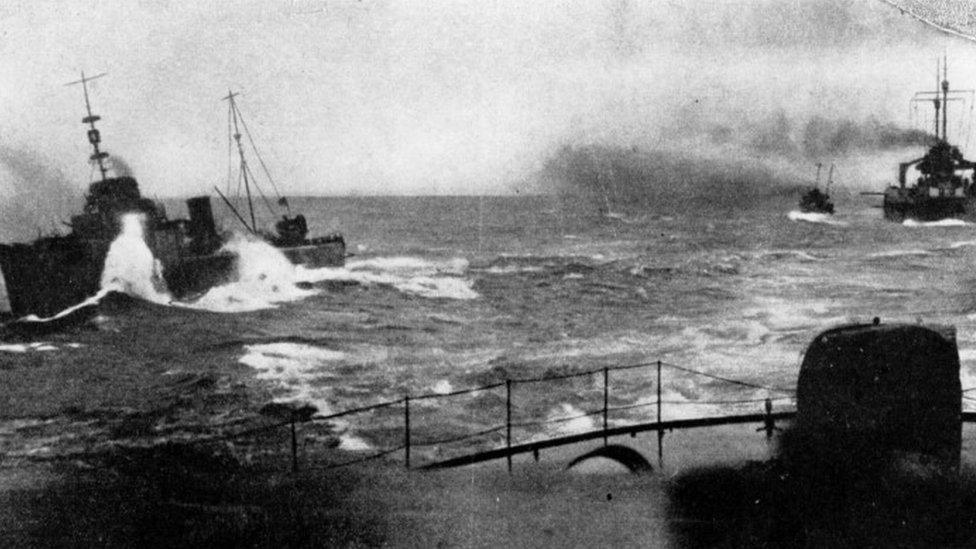
- Published9 November 2014
